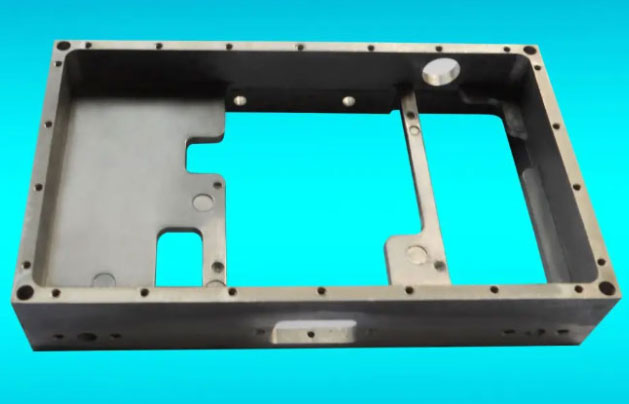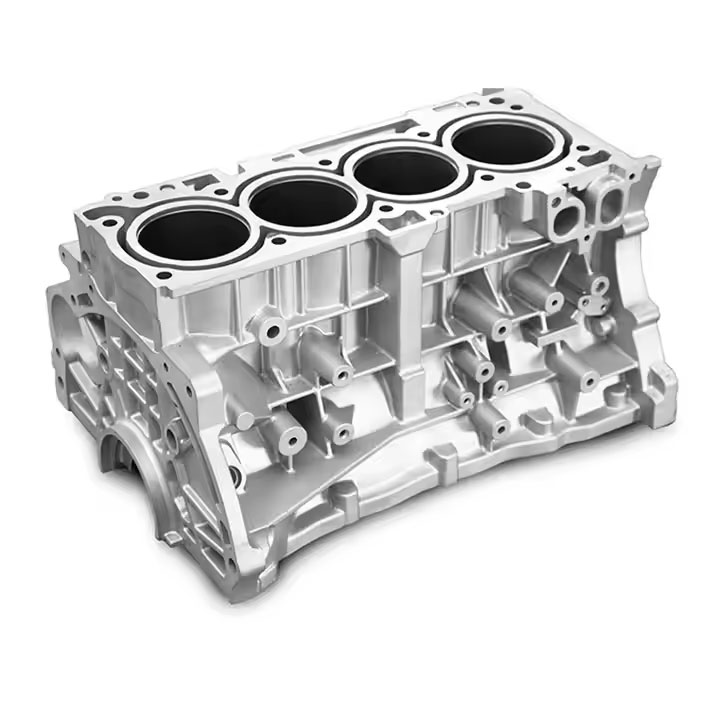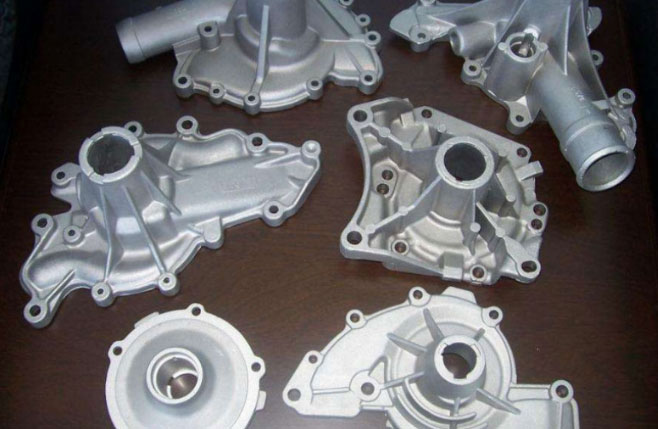Aluminum alloy die casting is a casting process for the mold type cavity of the aluminum alloy metal solution of high temperature melting state. This molding method is characterized by high product forming and high production efficiency. The difference between aluminum alloy vacuum die casting and ordinary die casting?

However, there is a defect in conventional die-casting process. Since the gas in the mold type cavity cannot be effectively excluded due to high speed embossed, there is a water hole defect, resulting in deterioration of the mechanical properties of the castings. In order to solve this problem, people use the vacuum method, that is, the gas in the cavity is drawn, and a certain vacuum or negative pressure is formed, thereby reducing the air hole defect inside the casting.
For a long time, in order to broaden the application range of die castings, improve the mechanical properties of die castings, some new die-casting methods, such as laminar flow charge (ultra-low speed die casting), oxygenating die casting, and vacuum die casting. The main object of the above method is to reduce the girrf phenomenon during metal liquid filling, thereby improving the mechanical properties of castings.
The difference between aluminum alloy vacuum die casting and ordinary die casting?
Since the laminar flow filling method has low production efficiency, the oxygenating die casting method is complex, the process parameters are not easy to control, so these two methods are not available in actual production. The vacuum die-casting method is to extract the gas in the cavity, and the metal fluid fill the cavity in a vacuum, so that the involved gas is small, the mechanical properties of the castings are improved.
And the vacuum die casting and normal die-casting methods, easy to operate, no reduction in production efficiency. Therefore, the vacuum die-casting has exhibited strong vitality. With the development of related technologies, its application will be more and more extensive.

